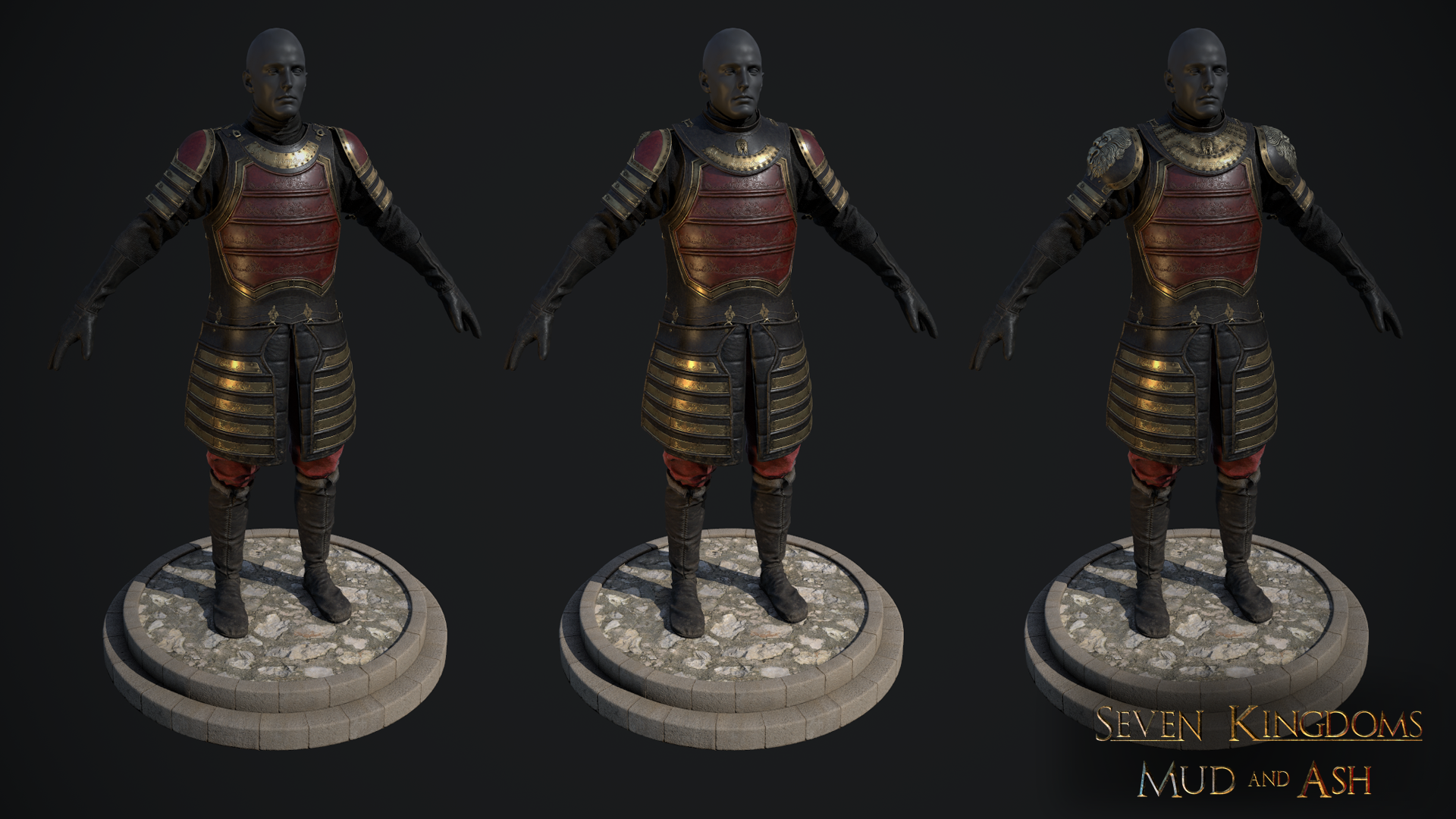

Īxumite Menhir in Balaw Kalaw (Metera) near Senafe

Despite its position as one of the foremost empires of late antiquity, the Kingdom of Aksum fell into obscurity as Ethiopia remained isolated throughout the Middle Ages. Aksum's final three centuries are considered a dark age, and through uncertain circumstances, the kingdom collapsed around 960. Alongside environmental and internal factors, this has been suggested as the reason for the decline. The Persian (and later Muslim) presence in the Red Sea caused Aksum to suffer economically, and the population of the city of Axum shrank. The kingdom's slow decline had begun by the 7th century, at which point currency ceased to be minted.

However, the territory was lost in the Aksumite–Persian wars. With the annexation of Himyar, the Kingdom of Aksum was at its largest territorial extent. Aksumite dominance in the Red Sea culminated during the reign of Kaleb of Axum, who, at the behest of Byzantine emperor Justin I, invaded the Himyarite Kingdom in Yemen in order to end the persecution of Christians by the Jewish king Dhu Nuwas. The kingdom continued to expand through late antiquity, conquering parts of the Kingdom of Kush, from whom it inherited the Greek exonym "Ethiopia". Beginning with the reign of Endubis, Aksum minted its own coins-the first to be minted in sub-Saharan Africa-which have been excavated in locations as far as Caesarea and southern India. The kingdom was considered one of the ancient world's four great powers by 3rd-century Persian prophet Mani, alongside Persia, Rome, and China. Following their Christianization, the Aksumites ceased construction of stelae. It is through this that the Kingdom of Aksum adopted Christianity as the state religion in the mid-4th century under Ezana of Axum. However, the Geʽez script came into use by the 4th century, and as the kingdom became a major power on the trade route between Rome and India, it entered the Greco-Roman cultural sphere and began to use Greek as a lingua franca. Pre-Aksumite culture developed in part due to a South Arabian influence, evident in the Aksumite use of Ancient South Arabian script and the practice of Ancient Semitic religion. Emerging from the earlier Dʿmt civilization, the kingdom was likely founded in the early 1st century. The kingdom was centered in what is now northern Ethiopia, and spanned across modern-day Eritrea, eastern Sudan, Yemen, and southern Saudi Arabia at its height during the reign of Kaleb of Axum. The Kingdom of Aksum ( Ge'ez: መንግሥተ አኵስም), also known as the Kingdom of Axum or the Aksumite Empire, was an ancient kingdom, from the 1st to the 10th century, with its capital at the city of Axum (Aksum).


 0 kommentar(er)
0 kommentar(er)
